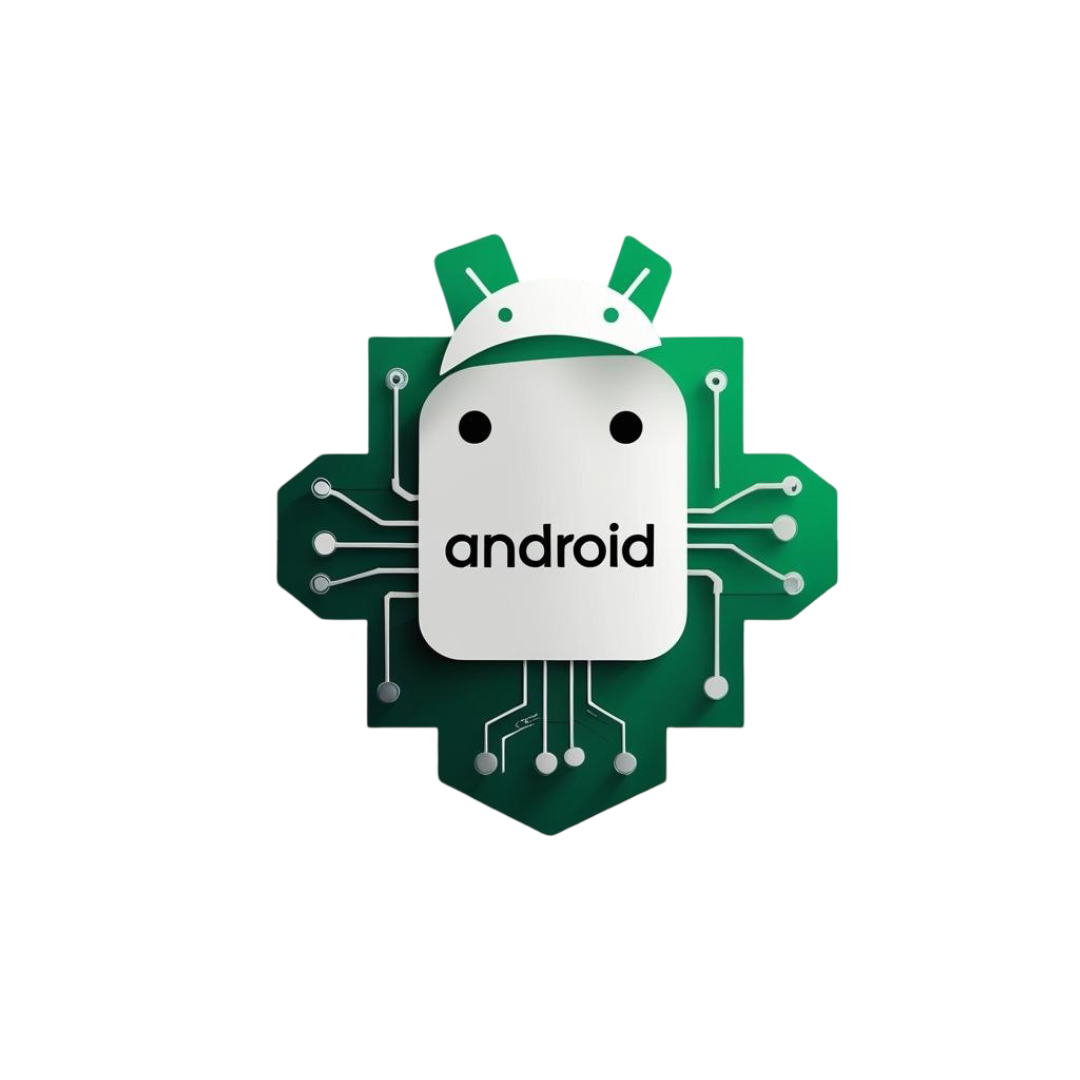Master Android performance optimization with proven techniques, tools, and best practices for building lightning-fast mobile applications.
Android Performance Optimization: A Complete Guide to Faster Apps
🚀 Introduction
Performance optimization is crucial for creating successful Android applications. Users expect apps to be fast, responsive, and battery-efficient. This comprehensive guide covers everything you need to know about Android performance optimization, from basic concepts to advanced profiling techniques.
📊 Performance Metrics That Matter
Key Performance Indicators (KPIs)
- Startup Time: Time from app launch to first meaningful content
- Frame Rate: Frames per second (FPS) during animations
- Memory Usage: RAM consumption and garbage collection frequency
- Battery Life: Power consumption and wake lock usage
- Network Efficiency: Data usage and response times
🔧 Profiling Tools
Android Studio Profiler
# Enable profiling in debug builds
adb shell setprop debug.allocTracker 1
# Start profiling session
adb shell am profile start com.example.myappSystem Tracing
# Capture system trace
adb shell atrace --async_start -b 32768 -t 10 gfx input view webview wm am sm audio video camera hal app res dalvik rs bionic power sched irq freq idle disk load sync workq memreclaim regulators💾 Memory Optimization
Memory Management Best Practices
- Avoid Memory Leaks
- Use weak references for callbacks
- Unregister listeners in onDestroy()
- Avoid static references to contexts
- Optimize Object Creation
- Reuse objects where possible
- Use object pooling for frequently created objects
- Prefer primitive types over wrapper classes
- Efficient Data Structures
- Use SparseArray instead of HashMap for integer keys
- Choose appropriate collection types
- Consider memory footprint of data structures
⚡ CPU Optimization
Threading and Concurrency
// Use thread pools for background tasks
ExecutorService executor = Executors.newFixedThreadPool(4);
// Avoid blocking the main thread
executor.execute(() -> {
// Heavy computation
String result = performHeavyOperation();
// Update UI on main thread
runOnUiThread(() -> updateUI(result));
});Algorithm Optimization
- Choose efficient algorithms (O(n) vs O(n²))
- Cache frequently computed values
- Use lazy loading for expensive operations
- Implement proper data pagination
🔋 Battery Optimization
Power Management
// Use JobScheduler for background tasks
JobInfo jobInfo = new JobInfo.Builder(JOB_ID, serviceComponent)
.setRequiredNetworkType(JobInfo.NETWORK_TYPE_UNMETERED)
.setRequiresCharging(true)
.build();
JobScheduler jobScheduler = (JobScheduler) getSystemService(Context.JOB_SCHEDULER_SERVICE);
jobScheduler.schedule(jobInfo);Wake Lock Management
- Minimize wake lock usage
- Use appropriate wake lock levels
- Release wake locks promptly
- Consider using WorkManager for background tasks
🌐 Network Optimization
Efficient Data Transfer
// Use compression for large payloads
HttpURLConnection connection = (HttpURLConnection) url.openConnection();
connection.setRequestProperty("Accept-Encoding", "gzip");
// Implement proper caching
CacheControl cacheControl = new CacheControl.Builder()
.maxAge(3600, TimeUnit.SECONDS)
.build();Connection Pooling
- Reuse HTTP connections
- Implement connection timeouts
- Use appropriate buffer sizes
- Consider using HTTP/2 for better multiplexing
📱 UI Performance
Rendering Optimization
<!-- Use hardware acceleration -->
<View
android:layerType="hardware"
android:hardwareAccelerated="true" />Layout Optimization
- Minimize view hierarchy depth
- Use ConstraintLayout for complex layouts
- Avoid nested weights
- Use ViewStub for conditional views
🧪 Performance Testing
Benchmarking
// Use Benchmark library
@Benchmark
public void testMethod() {
// Code to benchmark
}
// Measure execution time
long startTime = System.nanoTime();
// Your code here
long endTime = System.nanoTime();
long duration = endTime - startTime;Automated Testing
- Set up performance regression tests
- Monitor key metrics in CI/CD
- Use Firebase Performance Monitoring
- Implement custom performance tests
📈 Monitoring and Analytics
Production Monitoring
// Track custom metrics
FirebasePerformance.getInstance()
.newTrace("custom_trace")
.start();
// Add custom attributes
trace.putAttribute("user_type", "premium");
trace.putMetric("response_time", responseTime);Key Metrics to Track
- App startup time
- Screen transition times
- Memory usage patterns
- Crash rates and ANR occurrences
- Network request performance
🎯 Best Practices Summary
Development Phase
- Design for Performance: Consider performance from the start
- Profile Early and Often: Don't wait until the end
- Set Performance Budgets: Define acceptable limits
- Use Performance Testing: Automate performance validation
Production Phase
- Monitor Continuously: Track performance metrics
- Analyze User Feedback: Pay attention to performance complaints
- Regular Optimization: Continuous improvement
- A/B Testing: Test performance improvements
🔍 Common Performance Pitfalls
Memory Issues
- Holding references to large objects
- Not releasing resources properly
- Creating objects in loops
- Using inappropriate data structures
CPU Issues
- Blocking the main thread
- Inefficient algorithms
- Excessive object creation
- Poor threading strategies
Network Issues
- Not caching responses
- Making unnecessary requests
- Large payload sizes
- Poor error handling
🛠️ Tools and Resources
Profiling Tools
- Android Studio Profiler
- Systrace
- Perfetto
- Firebase Performance Monitoring
- LeakCanary
Testing Tools
- Espresso for UI testing
- Robolectric for unit testing
- Firebase Test Lab for device testing
- Custom performance testing frameworks
📚 Conclusion
Android performance optimization is an ongoing process that requires attention to detail, proper tooling, and continuous monitoring. By following the best practices outlined in this guide, you can create apps that provide excellent user experiences while being efficient with system resources.
Remember that performance optimization should be balanced with code maintainability and development velocity. Focus on the most impactful optimizations first, and always measure the results of your changes.
🔗 Additional Resources
- Android Performance Best Practices
- Firebase Performance Monitoring
- Android Profiler Guide
- Performance Testing Guide
This article is part of our Android Internals series. Subscribe to our newsletter for more in-depth technical content and the latest Android development insights.
